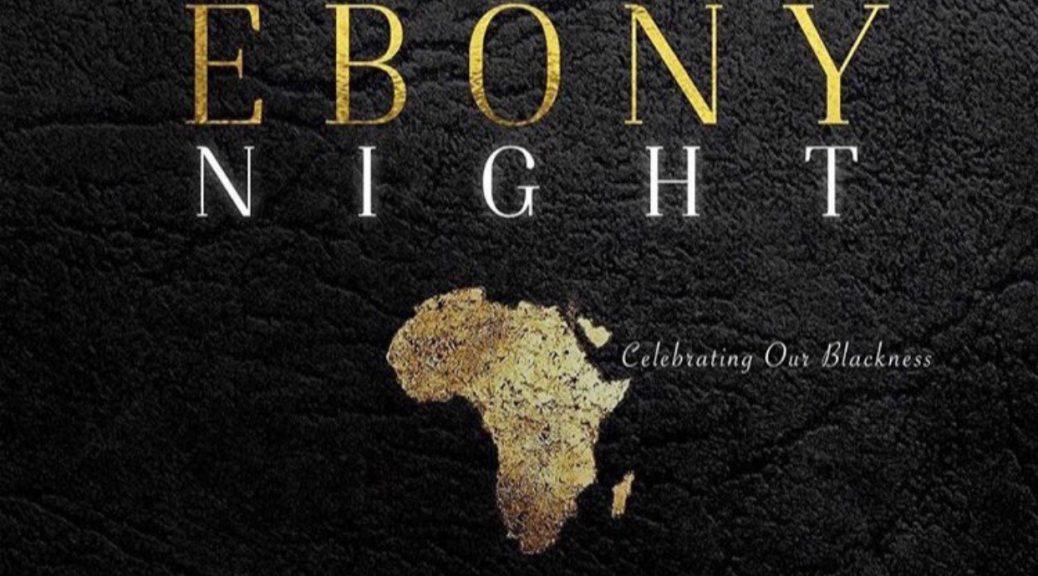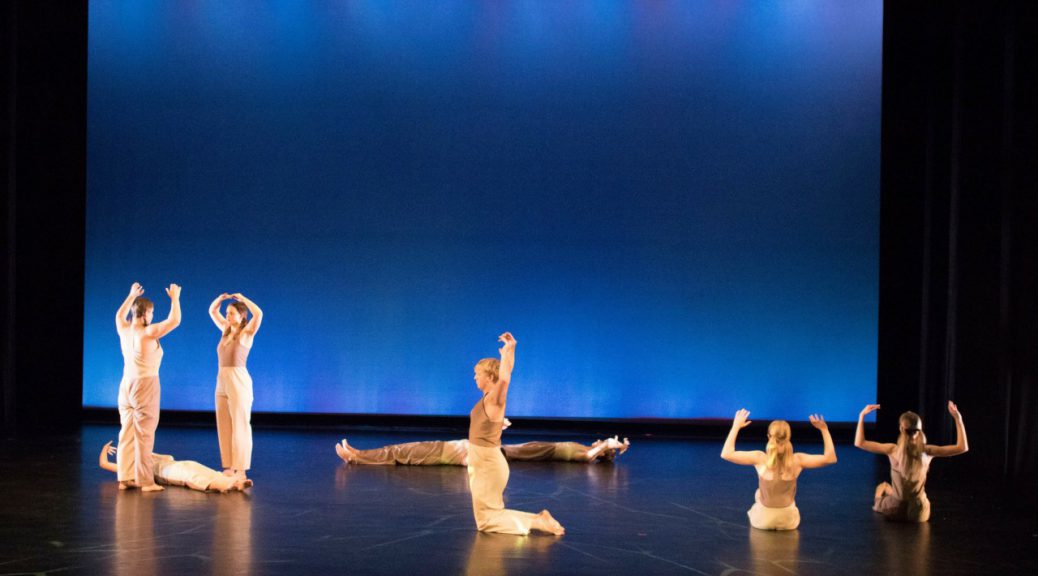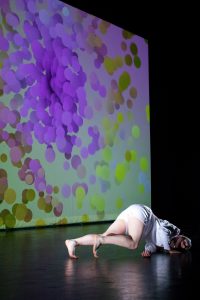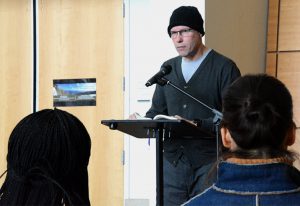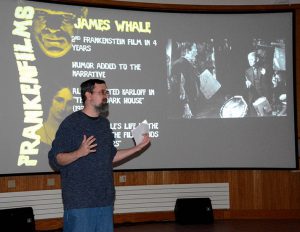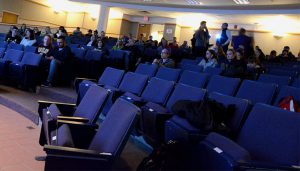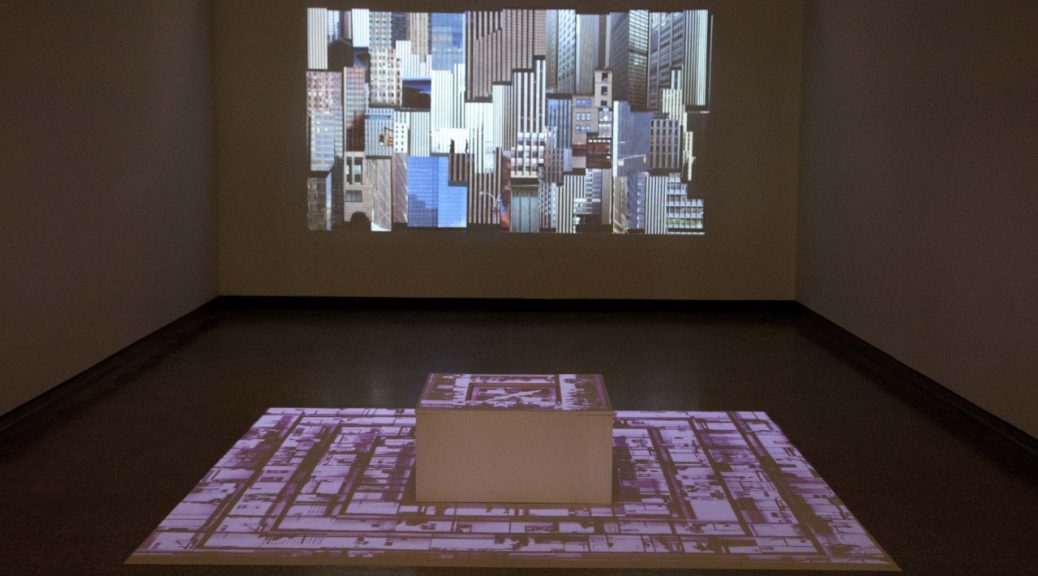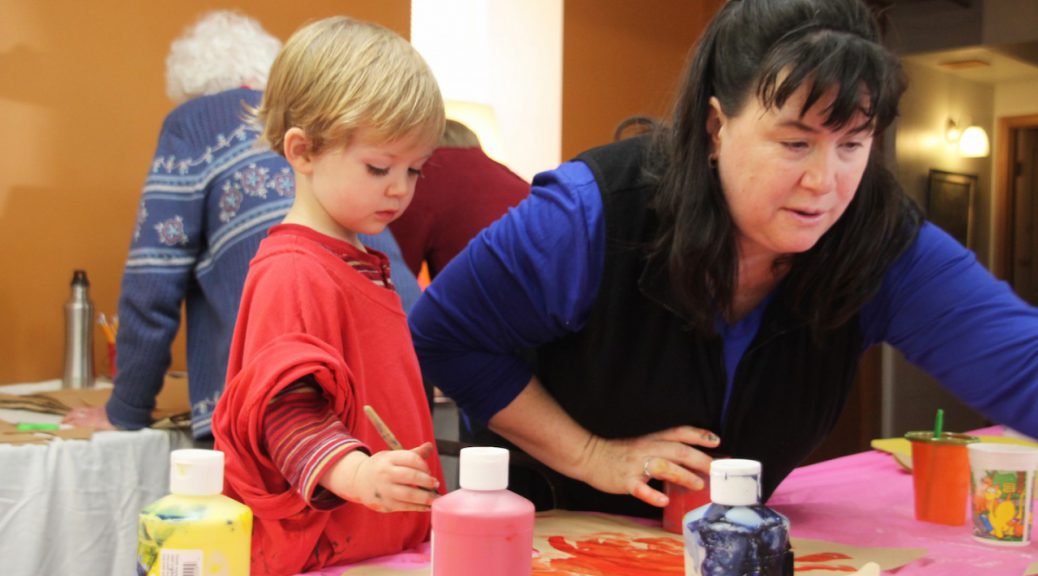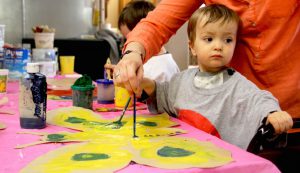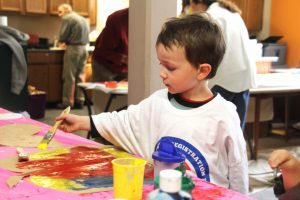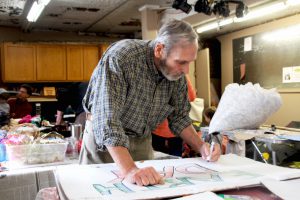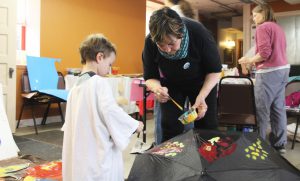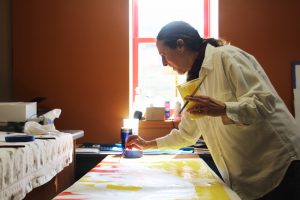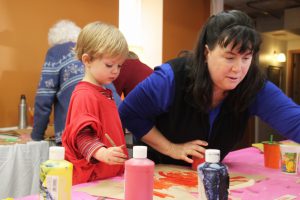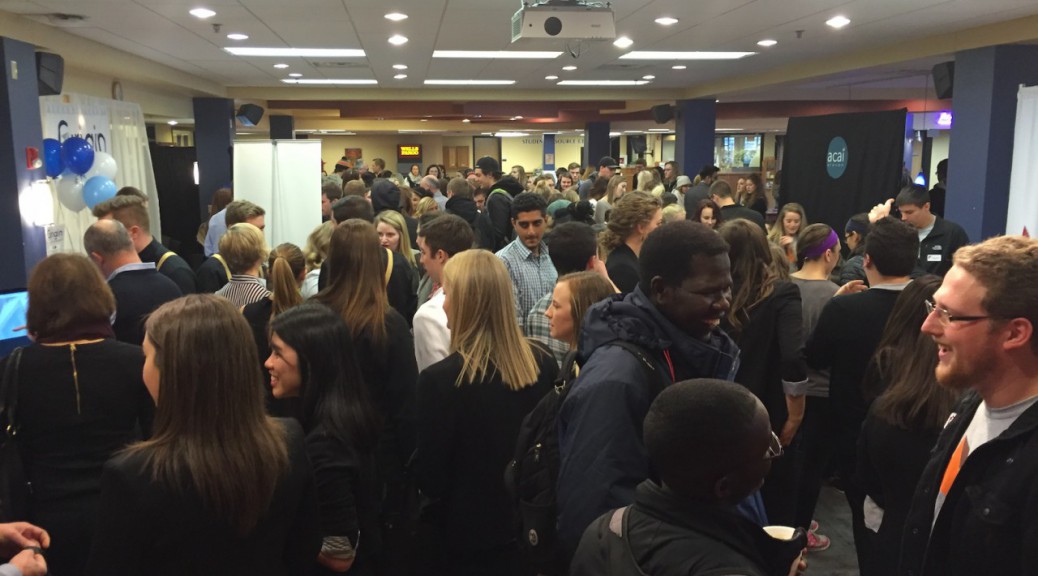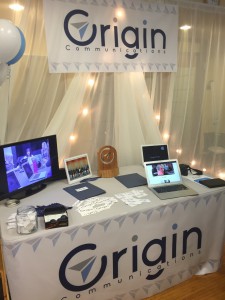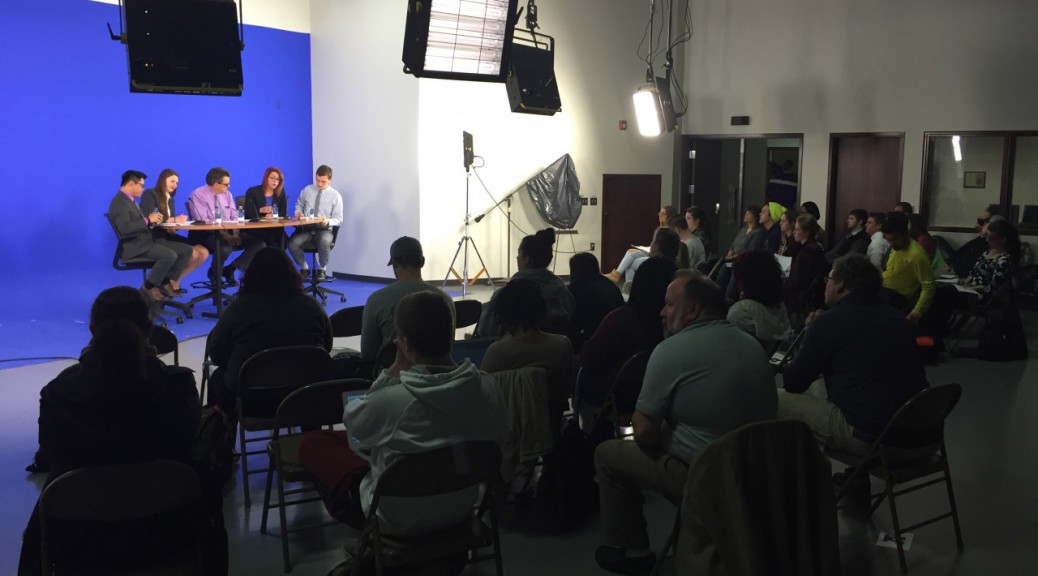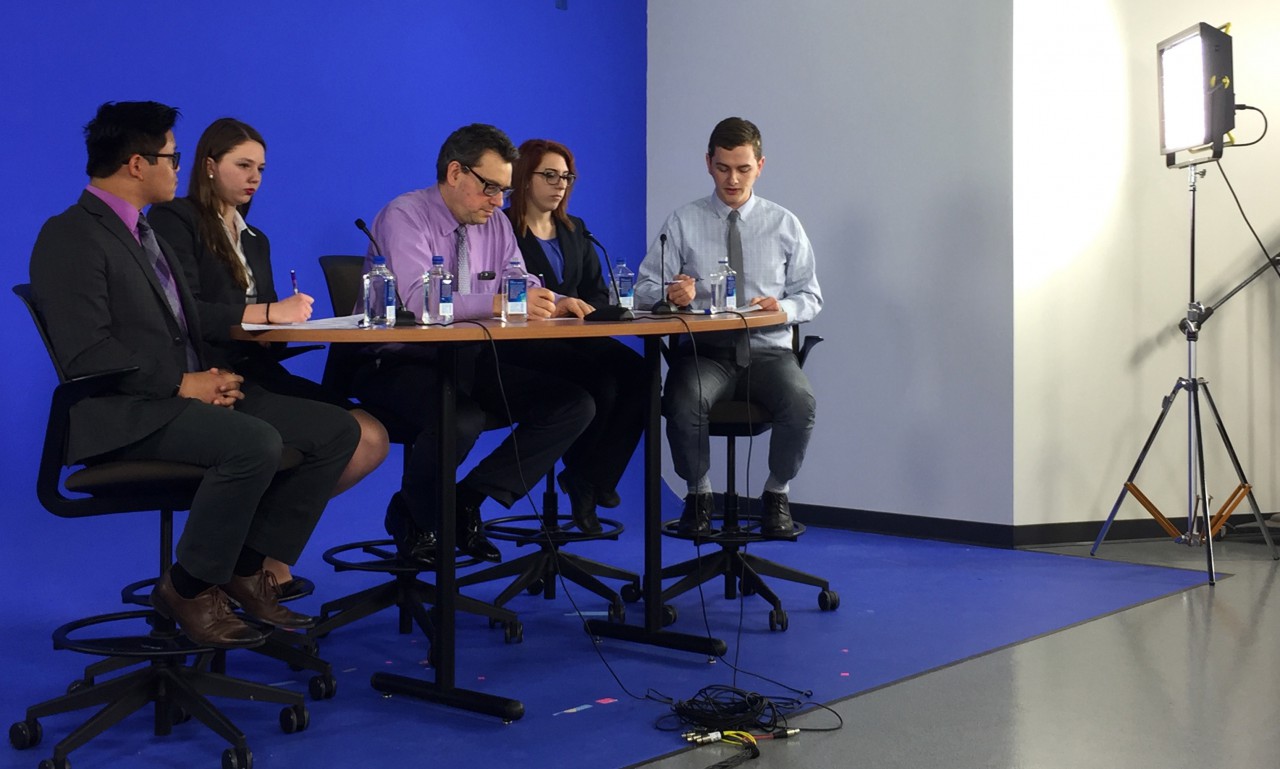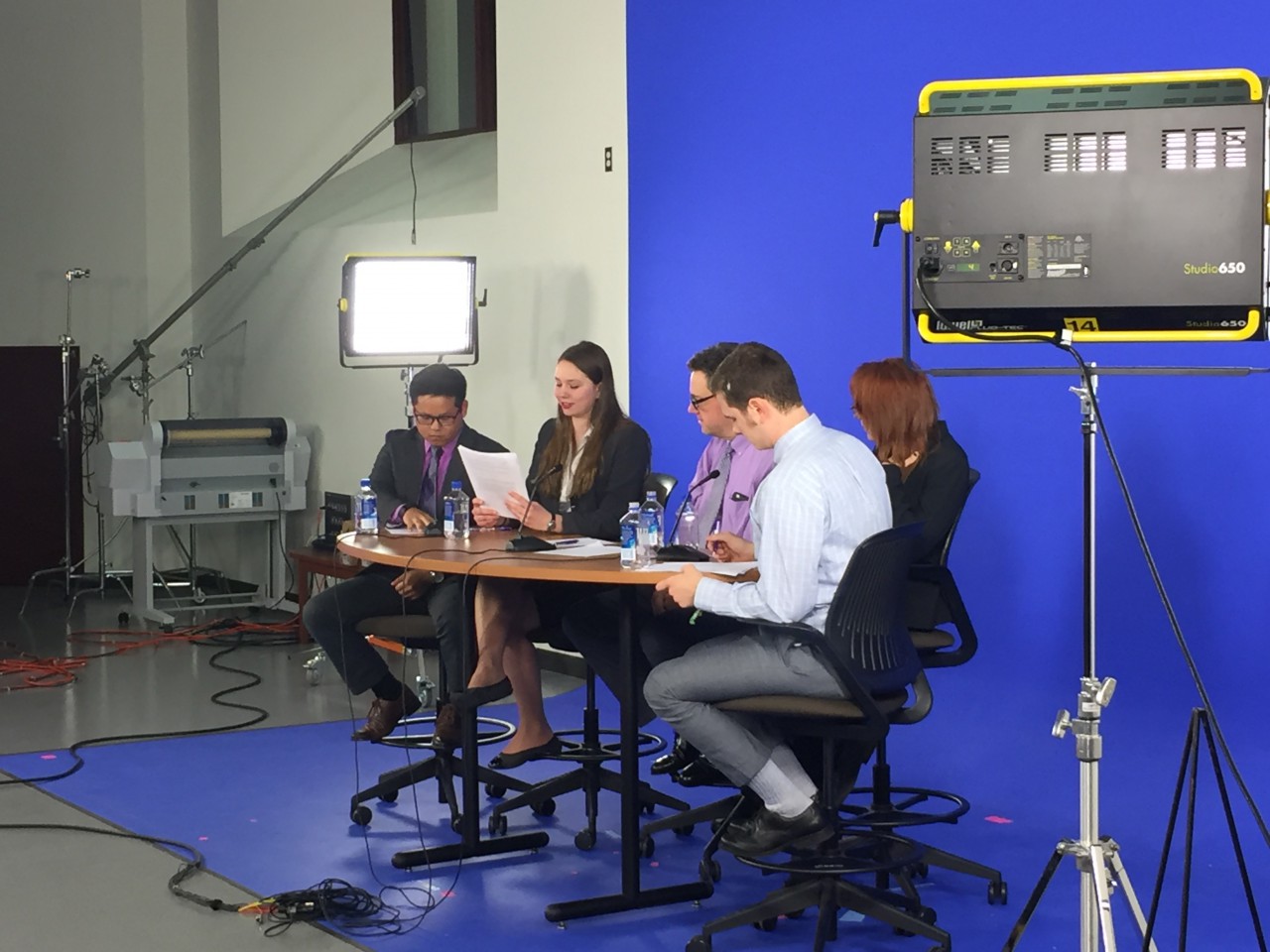The Winona State University African Students Association will be hosting the first ever Ebony Night on April 21st at 7 p.m. in Kryzsko Commons on the WSU campus.
ASA members Beke Eromosele and Nyalen Pidor are organizing the event and described it as a celebration of African and African American culture.
The night is going to be hosted by African comedian Chief Obi and
will include dance performances, a fashion show, various student performances, a red carpet photo shoot, east and west African food and more.
Eromosele and Pidor said they are excited not only about how much fun they are going to have, but for how important an event like this is for a university without much diversity.
“It’s really important to have,” Pidor said. “It celebrates a culture that is ignored at our school because we have a very small demographic of black students.”
Pidor said an event like this will make that demographic feel special and appreciated.
Both Eromosele and Pidor said it will be cool to showcase their culture to anyone who would like to come.
“It will be cool to show people our customs and our traditions,” Pidor said. “It’s a fun way of educating people who don’t know much about our culture.”
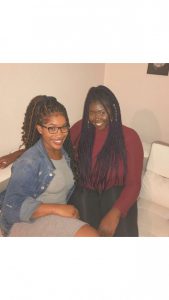
Eromosele said most people don’t know a lot but would like to know more and this is a great chance for them to do so.
Pidor and Eromosele said they urge anyone to come to the event especially if they are not African or African American.
ASA is an inclusive club, according to Pidor and Eromosele.
The event is meant for all groups of people.
“When we were planning it, we had some worries about white people feeling like, ‘I don’t know if I should come or not,’” Eromosele said. “We made it known that white people and other cultures and other races can come.”
WSU’s Director of Inclusion and Diversity, Dr. Johnathan Locust, said he’s thrilled about the event and thinks it can do a lot of good things for the university.
“It promotes Winona to different segments of people who may not have been looking at Winona State University in the first place,” Locust said. “We want everybody to talk to everybody.”
Locust said he believes the power in conversation between different groups of people is what can bring those groups closer and Ebony night is going to contribute to that kind of unity.
Winona State student Eric Mullen is not a member of ASA but plans on going to Ebony night.
“I have a decent understanding of European cultures but zero knowledge of African cultures,” Mullen said. “This would be a good introductory point for me to learn more about that.”
Mullen described this event as a ‘stay-cation’ – instead of traveling to these countries to experience the culture, an event like this allows students like him to experience it first-hand at home.
The budget for the event is around $13,000 the club received from Student Senate, UPAC and other private organizations according to Eromosele.
Tickets are $7 for students and $10 for the general admission.
“Have fun and enjoy cultures that you wouldn’t normally experience,” Pidor said. “It’s gonna be a great night.”
